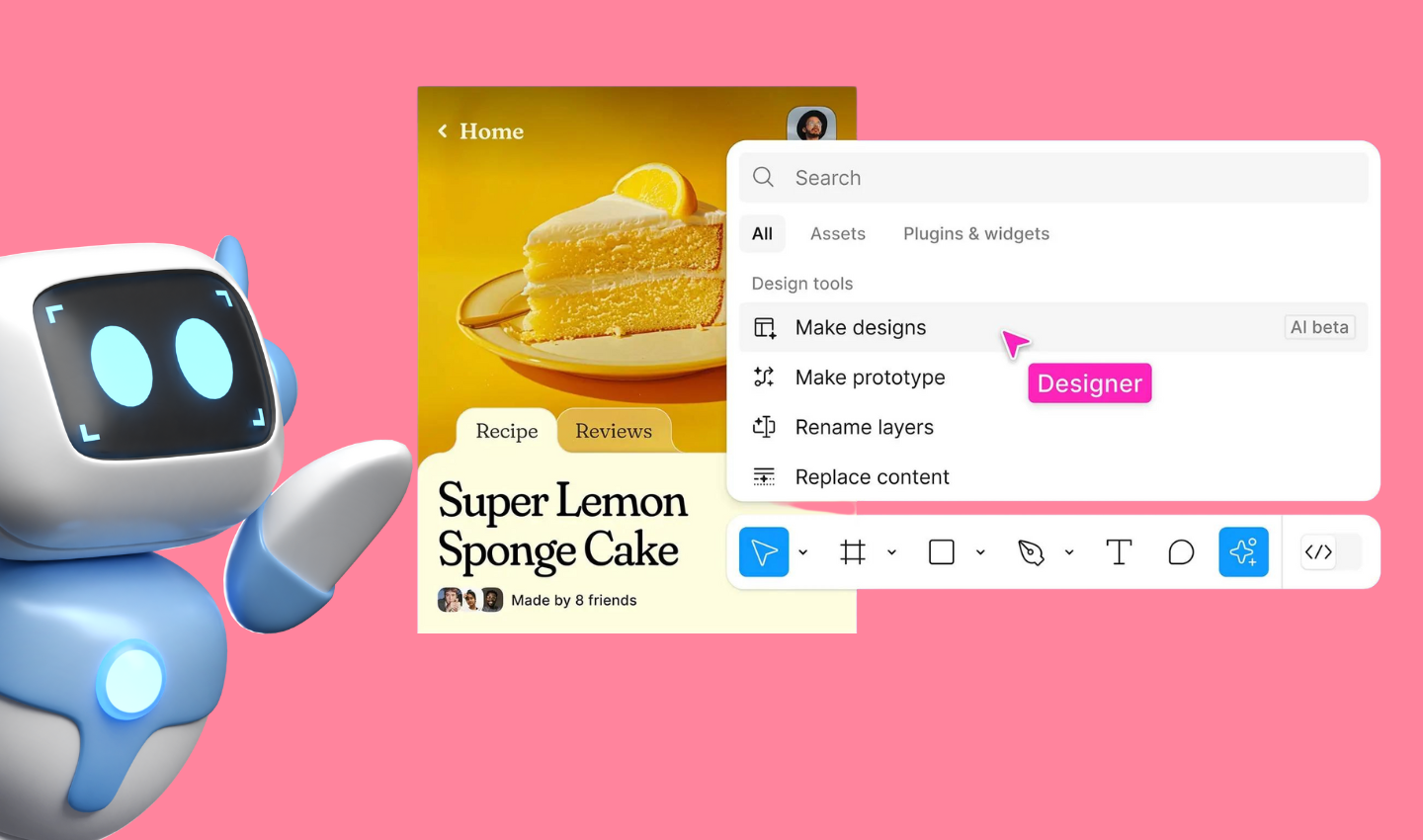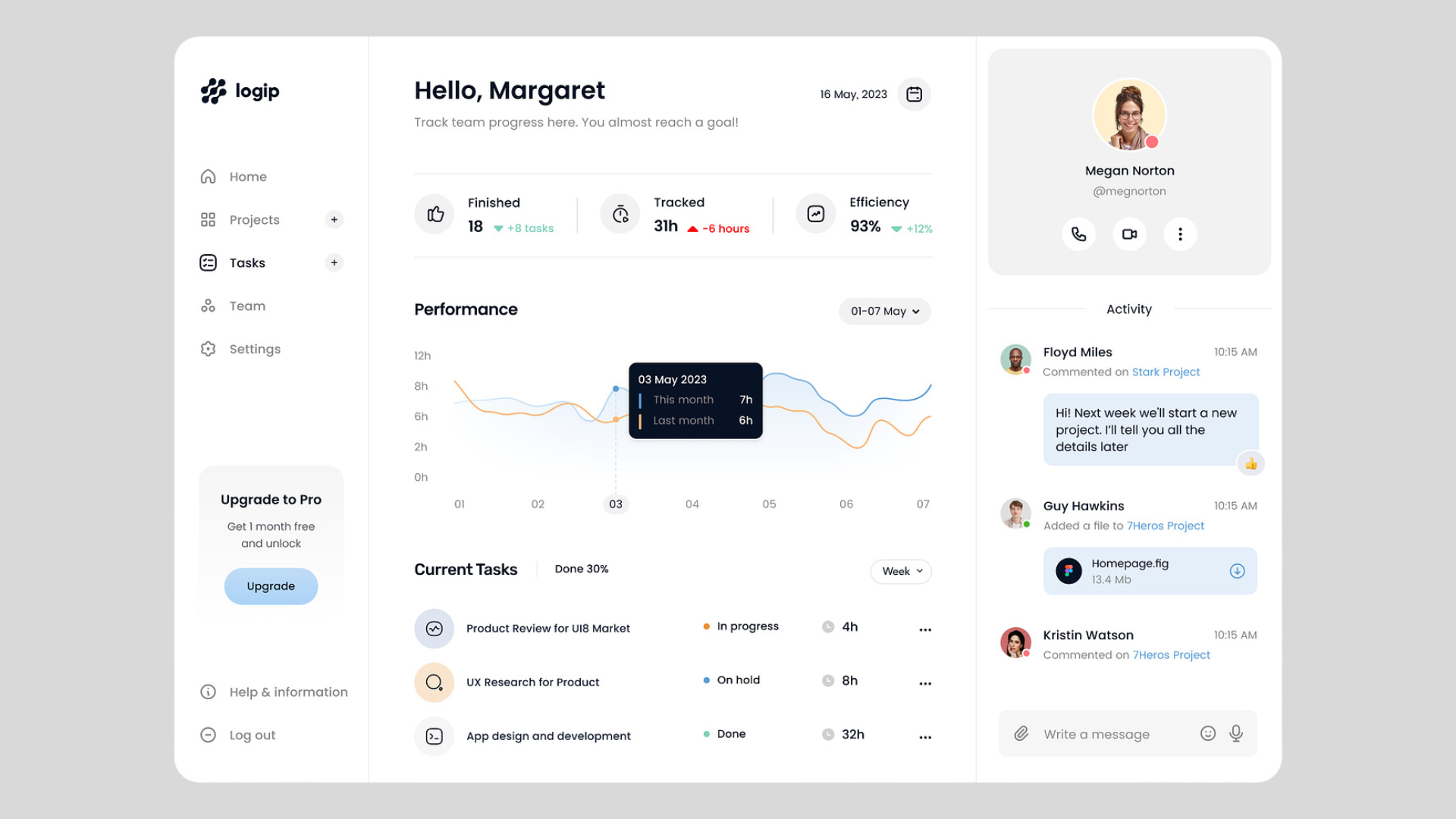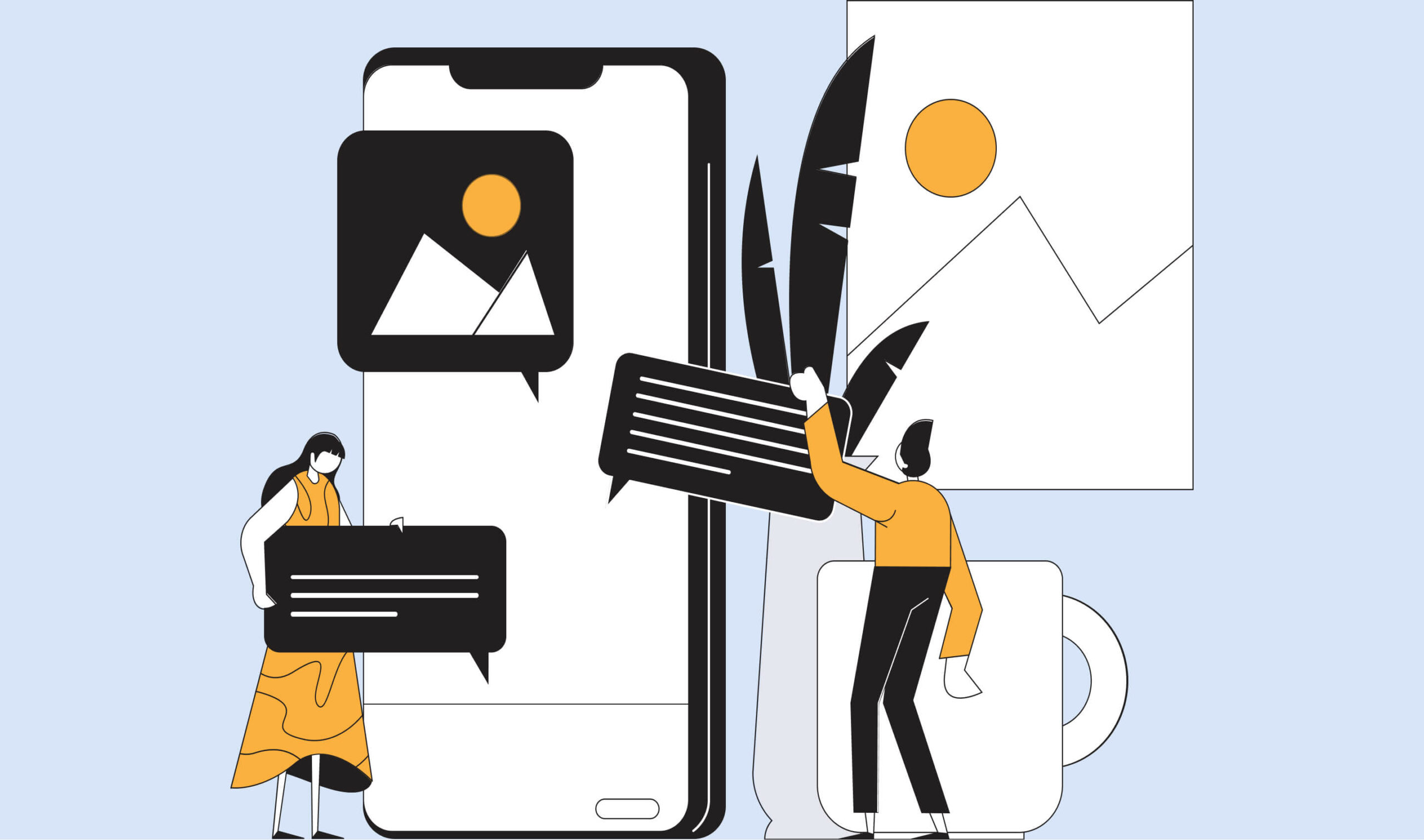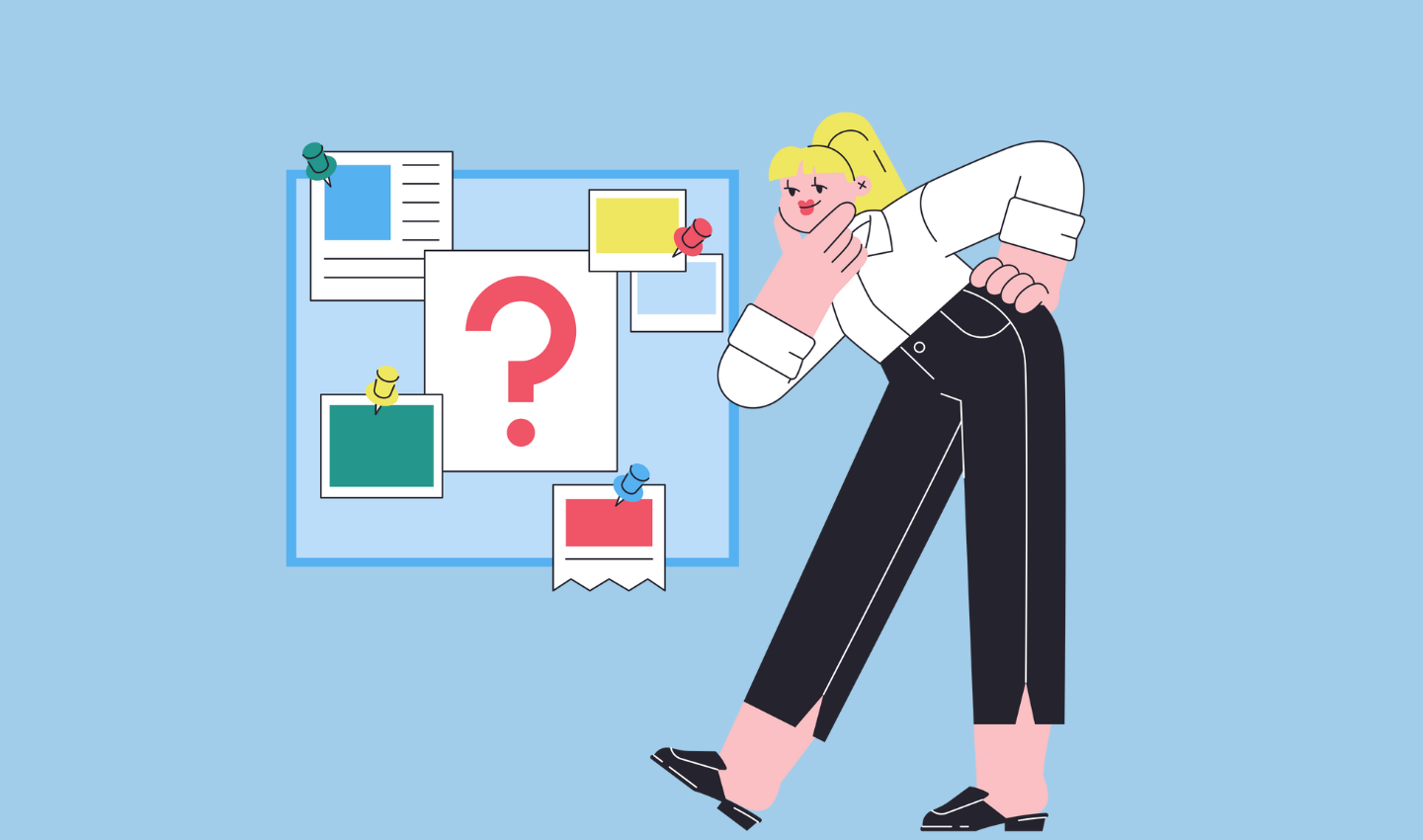
The Future of UX Design in 2024
User experience (UX) design is the process of creating products and services that are easy to use and enjoyable for people. UX designers focus on the entire user journey, from the moment they first encounter a product to the moment they finish using it.
UX design is more important than ever in today’s rapidly evolving tech landscape. As users interact with more and more digital products and services, they expect seamless and intuitive experiences.
Technology is constantly changing, and the UX landscape is no exception. New technologies, such as artificial intelligence (AI), virtual reality (VR), and augmented reality (AR), are creating new opportunities for UX designers.
This article will explore the future of UX design in 2024 and beyond. It will identify key trends and emerging technologies that are shaping the field, and discuss the challenges and opportunities that UX designers will face in the coming years.
Table of Contents
Dominant trends in 2021-2023
The years 2021-2023 have witnessed a host of dominant trends that have significantly influenced how designers approach their work. These trends not only reflect technological advancements but also a growing emphasis on user-centric design, accessibility, and ethical considerations. Here are the most dominant trends in UX design from 2021 to 2023.
Mobile-First Design
The dominance of mobile devices as the primary means of accessing digital content has been a key driver in the shift towards mobile-first design. In 2021-2023, designers have increasingly prioritized creating responsive and mobile-friendly user experiences. Mobile-first design involves structuring content and interactions to work seamlessly on small screens, ensuring faster loading times, and optimizing touch interactions. With the widespread use of smartphones, this trend is here to stay.
Accessibility and Inclusivity
Accessibility has gained prominence in the world of UX design, driven by a commitment to making digital experiences available to everyone, including individuals with disabilities. Web Content Accessibility Guidelines (WCAG) have been a reference point for ensuring that websites and applications are accessible. This trend has led to the implementation of practices such as providing alternative text for images, keyboard navigation, and creating adaptable user interfaces that cater to a diverse audience.
AI-Driven Personalization
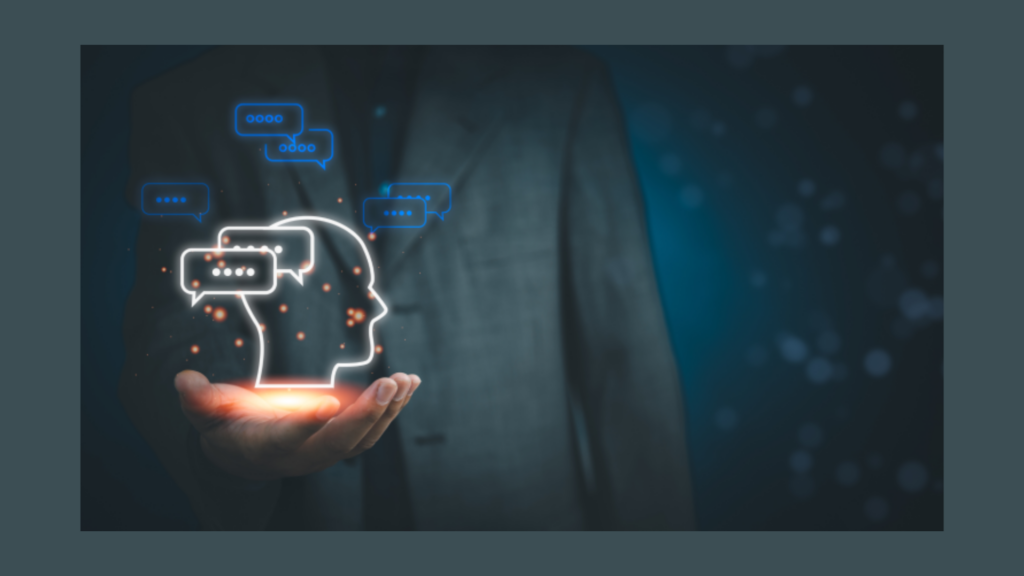
Artificial Intelligence (AI) has become an indispensable tool for designers to deliver personalized user experiences. AI algorithms analyze user behavior, preferences, and historical data to tailor content, product recommendations, and interactions to individual users. This trend enhances user engagement and satisfaction, but it also raises ethical concerns regarding data privacy and consent, which designers need to navigate.
Voice and Gesture Interfaces
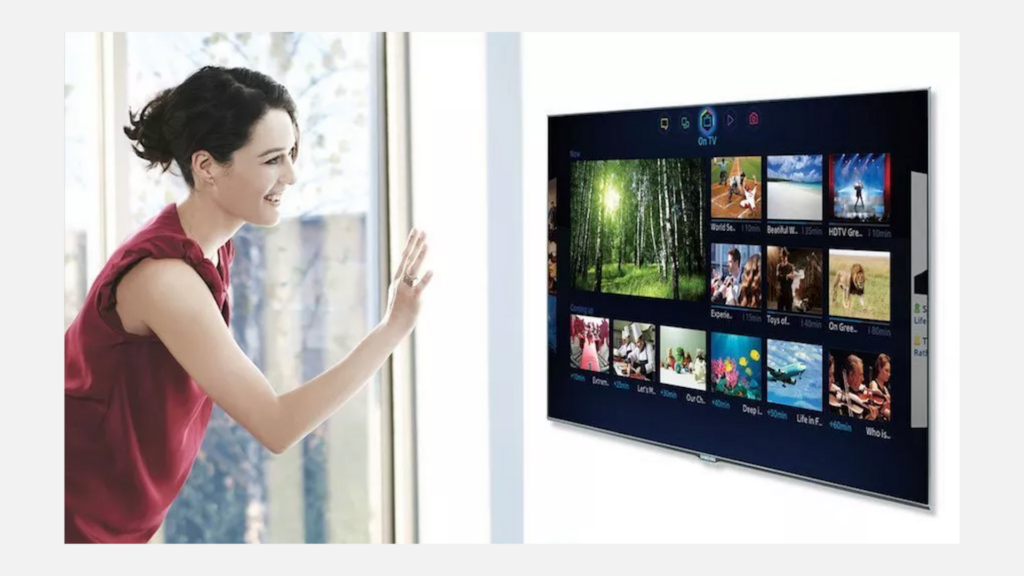
The emergence of voice assistants and gesture control technologies has opened new avenues for UX design. Designers are now tasked with creating intuitive and efficient voice and gesture interfaces that allow users to interact with digital products and services without the need for traditional input devices like keyboards and touchscreens. This trend is particularly significant as it aligns with the demand for more hands-free and convenient interactions.
AR/VR Experiences
Augmented Reality (AR) and Virtual Reality (VR) have become prominent in UX design, offering immersive and interactive experiences. From gaming and entertainment to e-commerce and training, AR and VR have the potential to transform how users engage with digital content. Designers are faced with the challenge of crafting intuitive and immersive experiences that bridge the gap between the physical and digital worlds.
Ethical Considerations
Design ethics have gained increased attention in the UX community. As technology becomes more integrated into our daily lives, designers must consider the ethical implications of their work. Key concerns include data privacy, algorithmic bias, and the impact of digital experiences on mental health. Addressing these ethical considerations has become a critical aspect of UX design in 2021-2023, with designers striving to create experiences that are transparent, fair, and respectful of users’ well-being.
Predictions for UX Design in 2024 and Beyond
1. The rise of human-centered AI
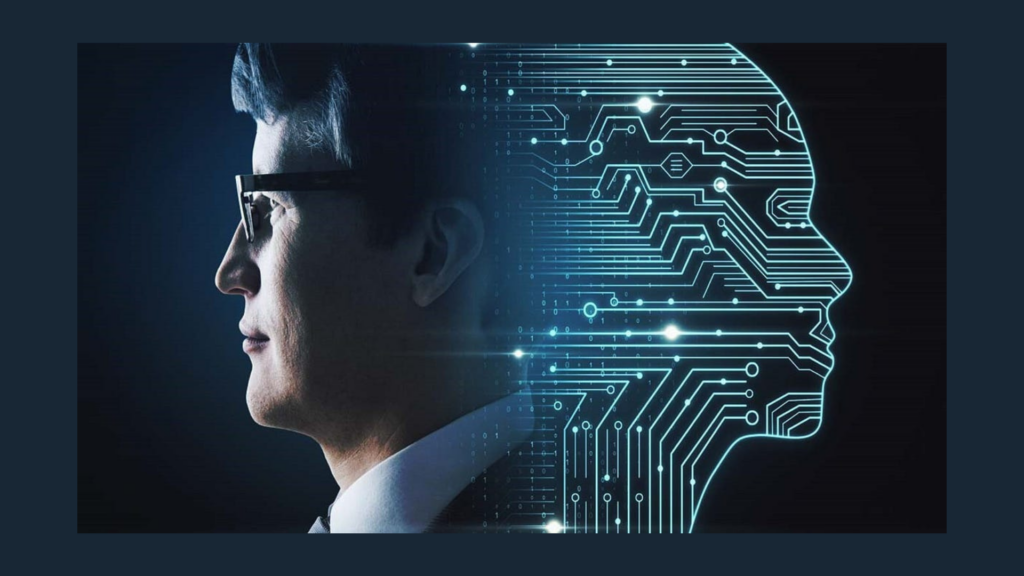
Artificial intelligence (AI) is already being used in UX design in a variety of ways. However, in the future, we can expect to see AI being used in more human-centered ways. This means that AI will be used to augment human creativity and problem-solving skills, rather than replace them.
For example, AI could be used to generate design prototypes, test designs with users, and provide feedback to designers. AI could also be used to create more personalized and predictive UX experiences.
2. The seamless integration of multimodal interfaces
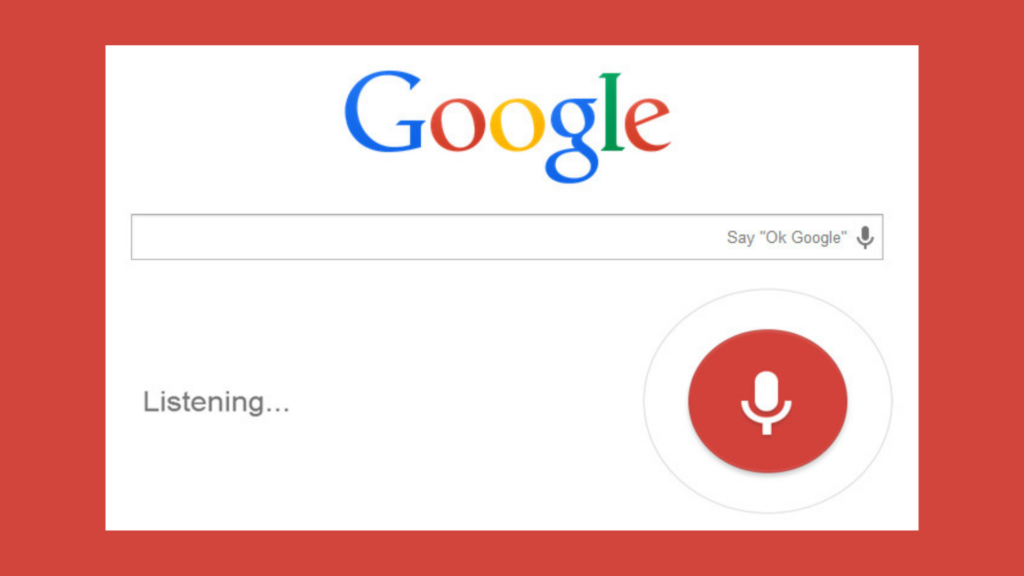
Multimodal interfaces allow users to interact with products and services using a variety of input methods, such as voice, touch, and gesture. In the future, we can expect to see more and more multimodal interfaces, as users demand more seamless and natural ways to interact with technology.
UX designers will need to carefully consider how to integrate voice, touch, and gesture interactions in a way that is seamless and intuitive for users. They will also need to ensure that multimodal interfaces are consistent across different platforms, such as mobile devices, desktop computers, and smart TVs.
3. The hyper-personalization of UX
Hyper-personalization involves tailoring the UX to each individual user based on their unique needs and preferences. In the future, we can expect to see more and more hyper-personalized UX experiences.
This will be possible thanks to advances in AI and machine learning. AI and machine learning can be used to create advanced user profiles that track user behavior and preferences across a variety of platforms. This information can then be used to personalize the content, layout, and functionality of interfaces.
For example, a social media platform could use hyper-personalization to show users the content that is most likely to be interesting to them, based on their past interactions with the platform.
4. The focus on sustainability and ethical design
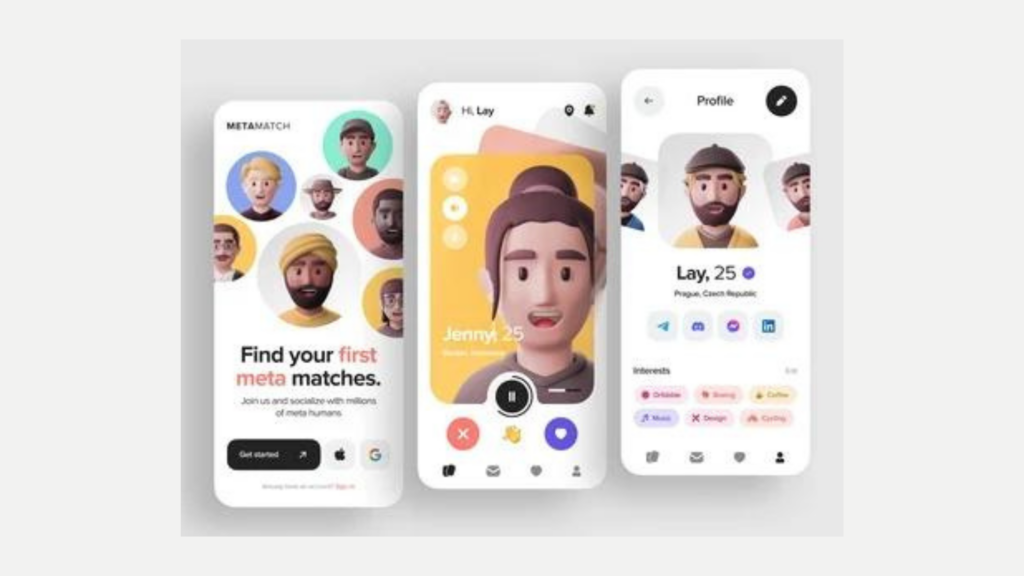
Sustainability and ethical design are becoming increasingly important in UX design. UX designers are increasingly considering the environmental and social impact of their work.
For example, UX designers can use eco-conscious design principles to create more sustainable products and services. A website could be designed to use less energy and to reduce its environmental impact. Let’s say the website could use images that are optimized for the web and could avoid using unnecessary animations.
5. The emergence of new UX design opportunities in the metaverse and XR
The metaverse is a virtual world that is powered by the internet. Extended reality (XR) is a term that refers to immersive technologies, such as VR and AR. In the future, we can expect to see more and more UX designers working on metaverse and XR experiences.
This is because the metaverse and XR have the potential to create new opportunities for social and collaborative experiences. UX designers will need to design interfaces that support these types of experiences.
For instance, A metaverse platform could allow users to meet up with friends and colleagues in virtual spaces to collaborate on projects, play games, or socialize.
Challenges and Considerations
The future of UX design is exciting, but it also presents some challenges and opportunities.
Privacy and Data Security
One of the most pressing challenges in UX design is safeguarding user privacy and data security. In a world where data breaches and privacy violations are increasingly common, UX designers face the daunting task of ensuring that user data is handled with care and respect.
For example, a popular social media platform collected vast amounts of user data for personalization purposes. However, a data breach exposed this information to malicious actors, resulting in a significant privacy breach and a loss of trust among users.
Ethical Dilemmas
Balancing user needs with ethical design practices can be a complex endeavor. Designers often face decisions that involve ethical considerations, such as data collection, algorithmic bias, and persuasive design patterns that can influence user behavior.
For instance, a fitness app employs gamification techniques to motivate users to stay active, but it inadvertently encourages unhealthy behaviors. Users report overexertion and injury due to the pressure to meet daily step goals, raising ethical concerns about the app’s impact on well-being.
Keeping Pace with Evolving Technology
The rapid evolution of technology presents an ongoing challenge for UX designers. What is considered cutting-edge today may become outdated tomorrow, requiring designers to continuously adapt their skills and knowledge.
A UX designer responsible for an e-commerce website must adapt the user interface to accommodate new device features and screen sizes, such as the introduction of foldable smartphones, to ensure a seamless user experience.
Striking the Balance Between Personalization and Privacy
As personalization becomes more advanced, designers must carefully balance delivering tailored experiences with respecting user privacy.
For instance, an online streaming service collects extensive user data to suggest personalized content. While users appreciate the assistance in discovering new content, they become concerned when the service starts making personal recommendations without clear consent or transparency in its data usage.
The challenges and considerations in UX design are multifaceted and ever-evolving. Designers must navigate these complexities by staying informed, remaining adaptable, and placing a strong emphasis on ethical and user-centric design principles.
Conclusion
The future of UX design is exciting and full of possibilities. Emerging technologies, such as AI, 5G, blockchain, and quantum computing, are creating new opportunities for UX designers to create innovative and engaging experiences.
However, UX designers also face a number of challenges, such as privacy and data security, ethical dilemmas, and keeping pace with evolving technology.
To be successful in the future, UX designers need to be adaptable and willing to learn new things. They also need to be mindful of the ethical implications of their work and design products and services that are respectful of users and society as a whole.
Take your company to the next level and get results with our world class user experience, interface design and implementation.
Get a FREE 30 min Strategy Session

Related posts
Figma AI: A New Era of Design
Figma has become synonymous with modern design collaboration. Its cloud-based platform has revolutionized the way UI/UX designers work together, fostering […]
Top 10 Custom Dashboard Design Tips for 2024
In 2024, data-driven decision-making isn’t just a buzzword—it’s a necessity. As businesses continue to evolve, the ability to make informed […]
A Beginner’s Guide to All Things Design – UI, UX, CX & SD (2022)
Okay, let’s dive in. You’re overwhelmed because Harry from the Design team won’t shut up about his new UI designs […]
Creative product design that gets results
Take your company to the next level with world class user experience and interface design.
get a free strategy session

